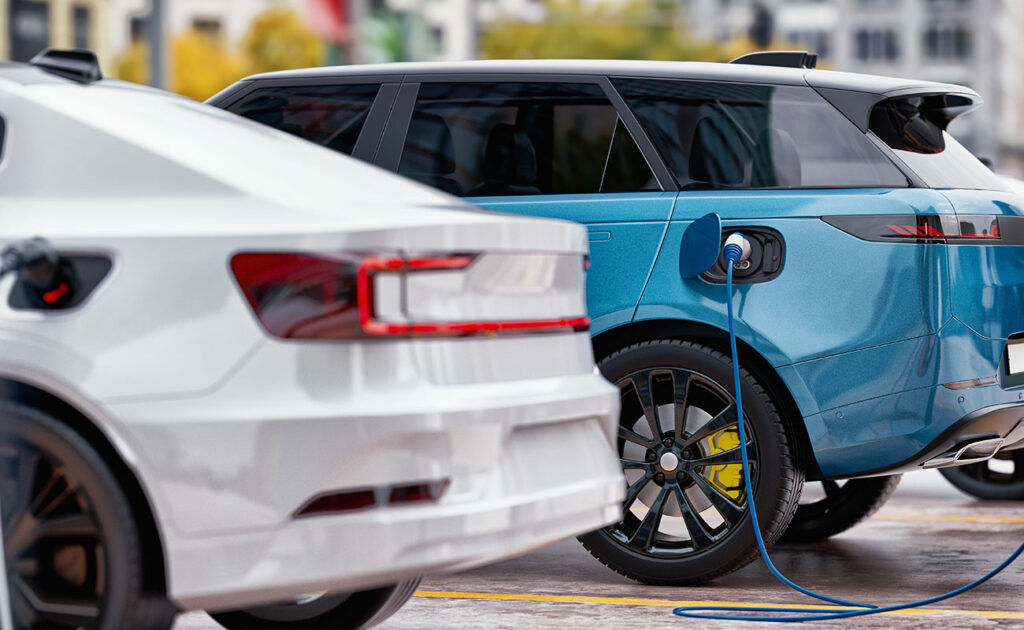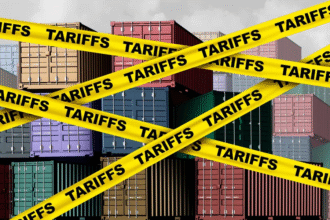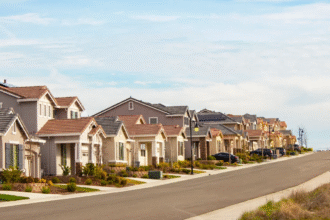Electric vehicles (EVs) are no longer just a futuristic vision-they’re rapidly becoming the backbone of urban transportation. Across the globe, city streets are buzzing with the quiet hum of EVs, and in 2025, this revolution is fundamentally changing how people commute, how cities are designed, and how we think about sustainable mobility.
The Surge in EV Adoption
The numbers tell a compelling story: Over 20% of all new light-duty vehicles sold in the U.S. in late 2024 were hybrid or electric, and that share is expected to keep climbing as more drivers consider making the switch.
Globally, over 3 million electric cars were sold in the first quarter of 2024 alone, with projections for 17 million by year’s end-more than one in five new cars sold worldwide.
Battery electric vehicles (BEVs) are expected to reach nearly 10 million on the road in 2025, with plug-in hybrids (PHEVs) also growing steadily.

What’s driving this surge? Declining costs, government incentives, and a growing awareness of environmental impacts are all key factors. In China, for example, EVs are reaching price parity with gasoline cars, making them accessible to a broader population. In the U.S., generous tax credits and state-level rebates are helping to tip the scales for urban commuters.
Transforming the Urban Commute
Cleaner Air and Quieter Streets:
Cities plagued by smog and noise are seeing tangible improvements as EVs replace combustion engines. In Shenzhen, China, all city buses are now electric, dramatically reducing urban air pollution and setting a global standard for clean public transit. In New York City, the expansion of EV fleets-including taxis and delivery vans-is helping to cut emissions and improve air quality for millions.
Expanded Charging Infrastructure:
A critical piece of the puzzle is charging access. As of early 2024, the U.S. boasts more than 61,000 public charging stations-a twofold increase since 2020-with two-thirds of all U.S. counties now offering EV charging. Cities like San Diego and New York are investing in large-scale, accessible charging hubs, such as the new 65-station facility at JFK Airport, designed to serve thousands of vehicles and trucks annually. Innovative solutions, like kerbside chargers powered by building electricity, are helping cities overcome the challenges of dense urban environments and limited grid capacity.
Equity and Accessibility:
Forward-thinking cities are ensuring that EV benefits reach all residents. Programs like Charging Smart help local governments streamline permitting, update zoning, and prioritize charging access in multifamily and low-income housing. In Hopkins, Minnesota, for example, updated city codes and dedicated climate funds are making it easier for renters and underserved communities to own and charge EVs.
Real-World Examples
- Shenzhen, China: Achieved a fully electric bus fleet, slashing emissions and noise, and supporting a robust network of fast chargers for private and commercial vehicles.
- Copenhagen, Denmark: Plans to have public charging points within 250 meters of every multi-story building by 2025, making EV ownership practical for apartment dwellers.
- New York City: Building one of the country’s largest public charging stations at JFK Airport, and integrating EVs into municipal fleets and ride-share services.
- San Diego, California: Developing a regional network of reliable EV charging stations to support the city’s ambitious clean transportation goals.

The Road Ahead
As battery technology advances and the range of mid-priced EVs now commonly exceeds 150 miles per charge, range anxiety is fading for urban commuters. National policies and private sector innovation are accelerating the rollout of charging infrastructure, making EVs a practical choice for daily city travel.
The shift to electric vehicles is not just about cleaner commutes-it’s about reimagining cities for a sustainable future. With quieter streets, cleaner air, and equitable access to mobility, EVs are helping to drive a new era of urban life-one where the daily commute is greener, smarter, and more connected than ever before.














